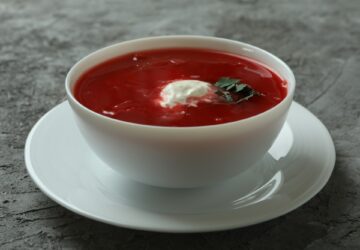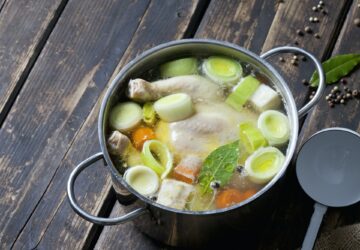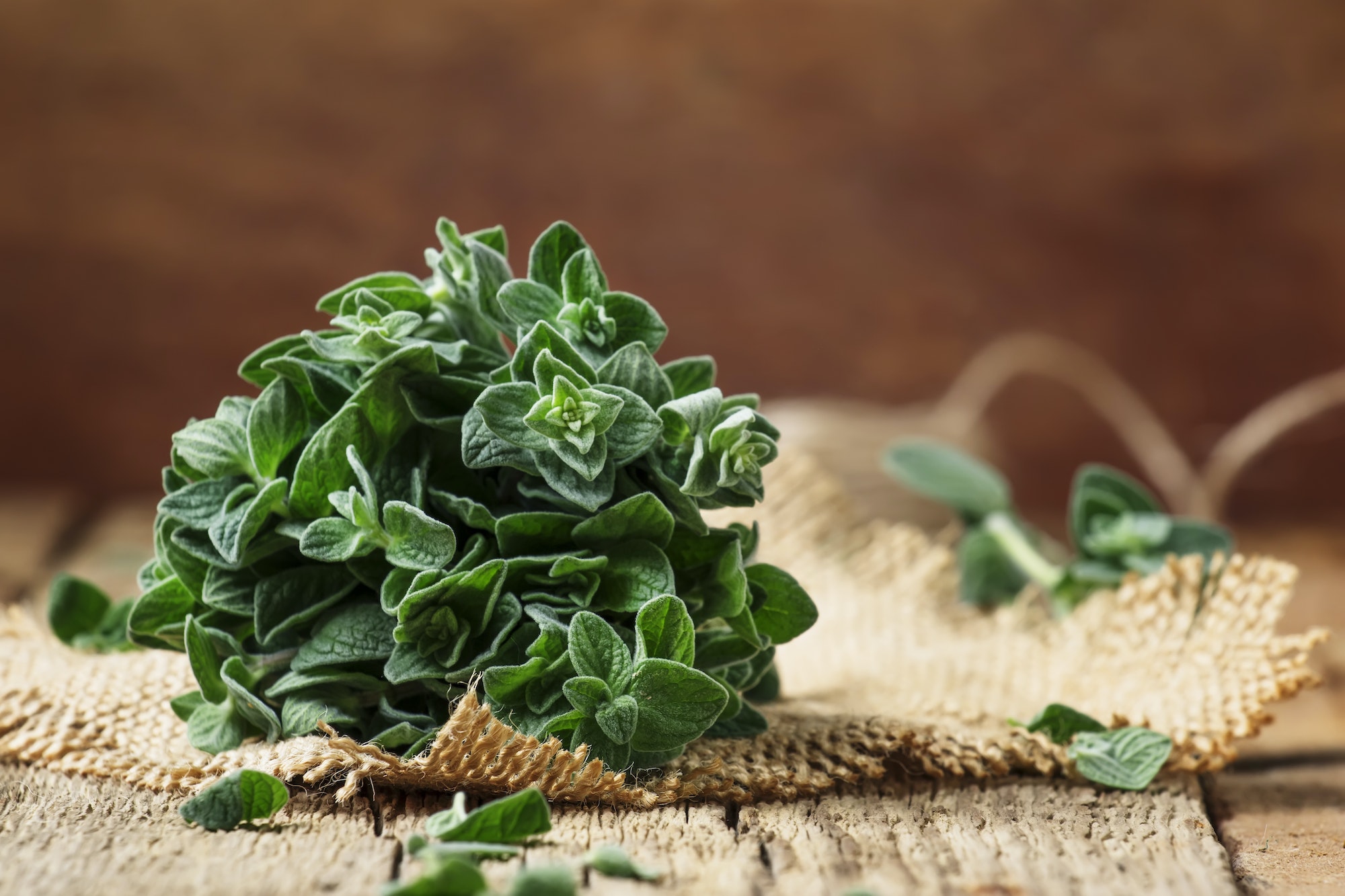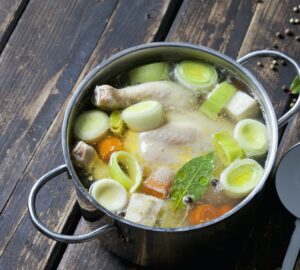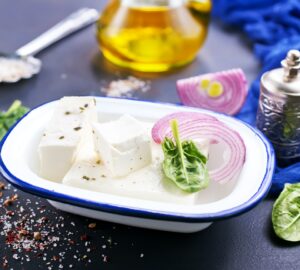Oregano is a perennial herb belonging to the Lamiaceae family, native to the Mediterranean region and Eurasia. It is characterized by its small, oval leaves that grow on bushy stems. Oregano has a strong, aromatic fragrance and a robust flavor profile that is warm, earthy, and slightly bitter, with a hint of mint and pepper. This herb is a popular ingredient in various culinary traditions, particularly in Mediterranean, Italian, and Mexican cuisines.
Flavor Pairings:
Oregano’s bold and versatile flavor profile allows it to pair well with numerous ingredients, enhancing and adding depth to various dishes. Here are some popular flavor pairings with oregano:
Tomatoes: Oregano and tomatoes are a classic flavor pairing found in many Italian and Mediterranean dishes, such as pasta sauces, pizza, and tomato-based stews. The warm, earthy flavor of oregano complements the natural sweetness and acidity of tomatoes.
Meats: Oregano is often used to season meats, such as chicken, beef, pork, and lamb. Its robust flavor can stand up to high heat and longer cooking times, making it ideal for grilling, roasting, or slow-cooking.
Vegetables: Oregano pairs well with a variety of vegetables, such as bell peppers, zucchini, eggplant, and mushrooms. It can be used in roasted, grilled, or sautéed vegetable dishes, adding a touch of warmth and complexity.
Cheese: Oregano complements the flavors of many cheeses, particularly those with a strong, salty taste, such as feta and mozzarella. It can be used in cheese-based dishes like pasta, pizza, or stuffed vegetables.
Beans and Legumes: Oregano’s earthy flavor works well with beans and legumes, such as black beans, chickpeas, and lentils. It can be used in soups, stews, or salads to add depth and aroma.
Garlic and Onion: The combination of oregano, garlic, and onion is a classic flavor pairing found in many dishes, from soups and stews to marinades and dressings. The bold flavors of these ingredients complement each other well, creating a harmonious taste.
Herbs: Oregano can be combined with other herbs, such as thyme, rosemary, and basil, to create flavorful and aromatic herb blends for seasoning meats, vegetables, or sauces.
Seafood: Oregano works well with the delicate flavors of seafood, such as fish, shrimp, and mussels. It can be used in marinades, sauces, or as a seasoning for grilled or baked seafood dishes.
Olive oil: Infusing olive oil with oregano creates a flavorful oil that can be used for dipping bread, drizzling over salads, or cooking.
Chili and spices: Oregano’s robust flavor pairs well with the heat of chili peppers and spices, such as cumin and paprika, making it a popular ingredient in Mexican and Tex-Mex dishes like chili, tacos, and enchiladas.
Oregano is a versatile and flavorful herb that adds depth and aroma to a wide range of dishes. Its bold, earthy taste pairs well with various ingredients, making it a valuable addition to any kitchen looking to explore the flavors of Mediterranean, Italian, or Mexican cuisine or simply to add a touch of warmth and complexity to everyday dishes. By incorporating oregano into your cooking, you can elevate your recipes and impress friends and family with its unique and robust taste.
